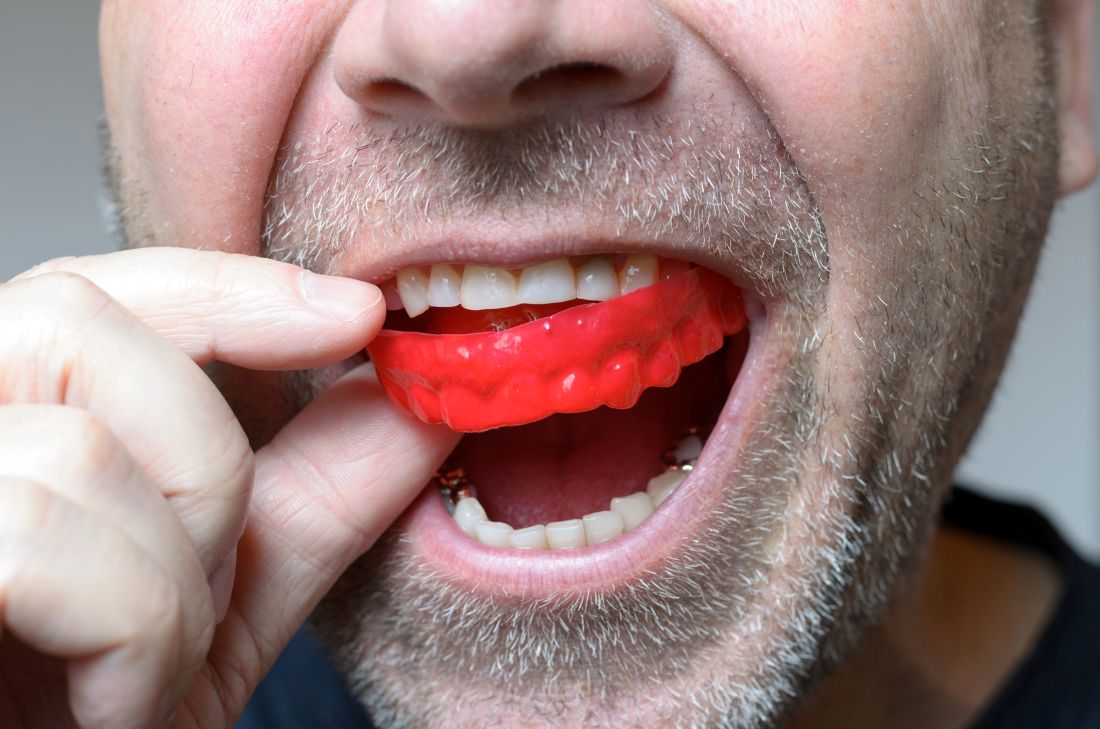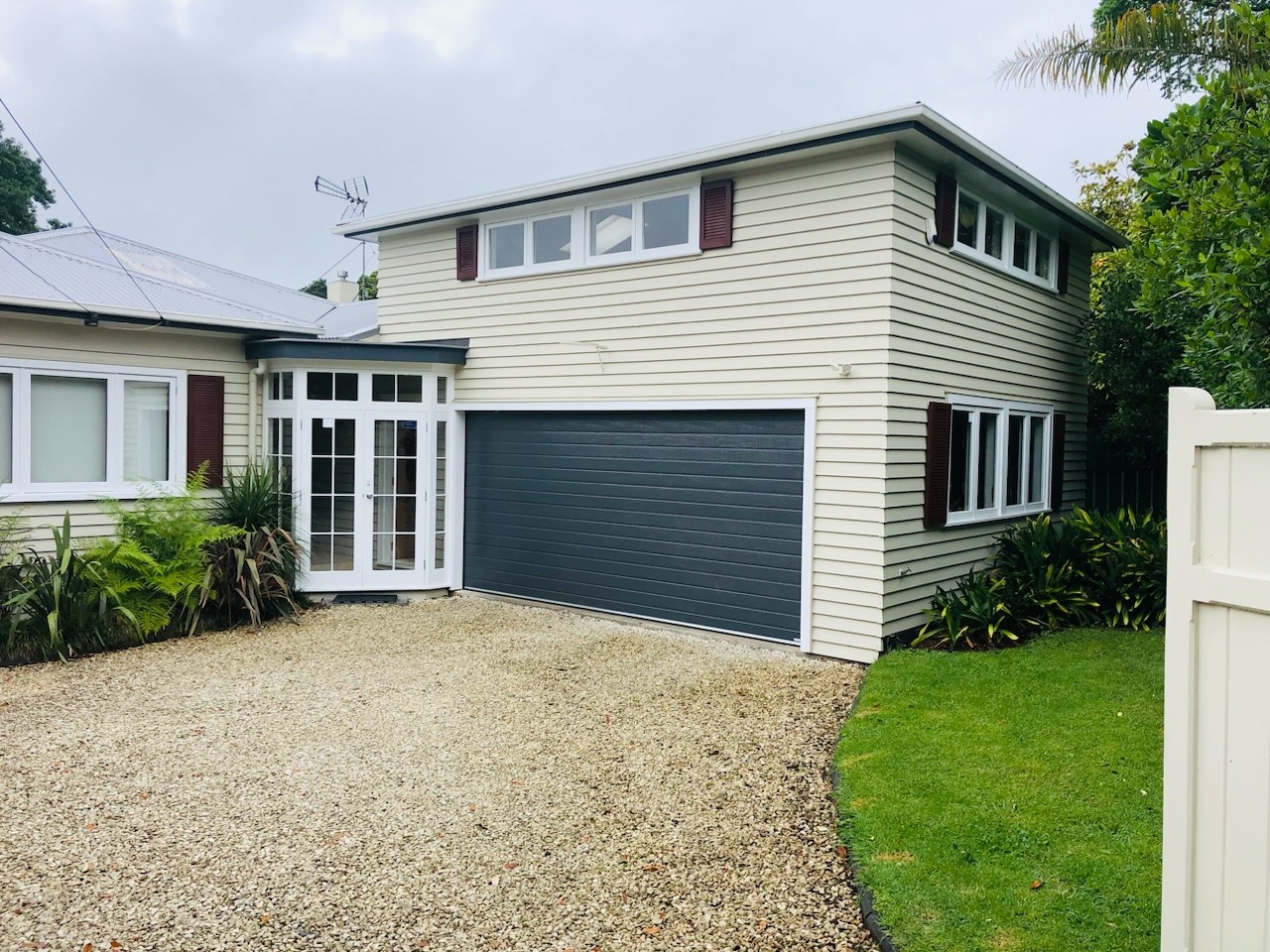Embracing the picturesque landscapes of New Zealand, where the air is pure and refreshing, the journey for a healthy indoor environment takes centre stage. Among these picturesque landscapes, let’s explore the often-overlooked realm of heat pump air filters—a small yet pivotal element in the fabric of home well-being. Through a narrative journey, discover the subtle yet transformative influence of ensuring your home’s air remains fresh and clean.
Imagine a family in Wellington, surrounded by the invigorating sea breeze, relying on their heat pump for year-round comfort. However, over time, the air quality starts to decline, and allergy symptoms among family members become more pronounced. A thorough inspection reveals a clogged air filter in the heat pump, filled with dust and debris. After a complete replacement, the family experiences a notable improvement in air quality, breathes easier, and enjoys a healthier home.
The Importance of DIY Heat Pump Air Filter Replacement
Central to ensuring the air circulating within your home remains clean and healthy, heat pump air filters accumulate dust, allergens, and pollutants over time. This accumulation prevents the unit’s efficiency, compromising indoor air quality. A routine DIY air filter replacement is a straightforward yet effective measure to maintain the optimal functioning of your heat pump and safeguard the well-being of your household.
Key Steps for DIY Heat Pump Air Filter Replacement
- Identify the Filter Location: Consult your heat pump’s user manual to locate the air filter. In most cases, it is situated near the return air duct or behind the front grille.
- Turn Off the Heat Pump: Prioritise safety by ensuring the heat pump is turned off before initiating any maintenance.
- Measure and note Filter Size: Air filters come in various sizes. Measure the dimensions of your existing filter or consult the manual to ensure you purchase the correct replacement.
- Purchase a Quality Filter: Invest in a high-quality air filter with a MERV (Minimum Efficiency Reporting Value) rating suitable for your specific needs. Consider factors such as allergies, pet dander, or general air quality improvement.
- Remove the Old Filter: Carefully remove the existing filter, noting the direction of airflow indicated on the filter frame. Dispose of the old filter responsibly.
- Clean the Filter Area: Use a soft brush or vacuum to clear any dust or debris around the filter area.
- Install the New Filter: Insert the new filter in the same direction as the old one, ensuring it fits securely within the designated slot.
- Reset the System: If your heat pump has a filter reset button, press it to indicate the installation of a new filter.
- Schedule Regular Replacements: Establish a routine for replacing your heat pump’s air filter. For households with pets or allergies, more frequent replacements may be necessary.
- Monitor Air Quality: Stay aware of changes in air quality within your home. If you notice a decline, consider replacing the filter ahead of schedule.
Additional Tips and Sections
Safety Considerations: Prioritise safety during DIY air filter replacement by:
- Wearing appropriate personal protective equipment, including safety glasses and gloves.
- Ensuring the heat pump is powered off and disconnected.
- Checking for any loose or damaged electrical connections before starting the replacement.
- Having a first-aid kit on hand in case of minor injuries.
Tools and equipment: Equip yourself with the following tools for a smooth DIY air filter replacement:
- Screwdriver (for accessing the filter compartment)
- Tape measure (for measuring filter dimensions)
- Soft brush or vacuum (for cleaning the filter area)
- New high-quality air filter (correct size and MERV rating)
Tips on Buying the Appropriate Air Filter
Choosing the right air filter is crucial for optimal performance. Consider the following expert tips:
- MERV Rating: Pay attention to the Minimum Efficiency Reporting Value (MERV) rating. Higher MERV ratings indicate better filtration capabilities.
- Allergen-Specific Filters: If allergies are a concern, opt for filters designed to capture allergens like pollen, pet dander, and dust mites.
- HEPA Filters: High-efficiency particulate air (HEPA) filters are highly effective in capturing small particles, making them suitable for allergy-prone individuals.
- Filter Size: Ensure the new filter matches the dimensions specified in your heat pump’s user manual to guarantee a proper fit.
- Consider Filter Material: Filters come in various materials, such as fibreglass, pleated fabric, or electrostatic. Choose one that suits your needs and budget.
- Filter Longevity: Some filters may need more frequent replacement than others. Consider the lifespan of the filter when making your purchase.
Conclusion
As we conclude this guide, the resonance of a clean air filter in your heat pump resonates through the narrative. You’ve initiated a journey to breathe cleaner, healthier air, transforming your home into a place of well-being. The shared story demonstrates the real impact of this simple yet profound act. While navigating the picturesque beauty of New Zealand, let the air within your home be a testament to your commitment to a healthier, happier lifestyle. Regular DIY heat pump air filter replacement transcends maintenance; it’s a conscious choice for a home where each breath is refreshingly pure. Take pride in the care you invest in your indoor environment, ensuring it mirrors the unparalleled beauty of New Zealand’s landscapes.
Do you have specific air quality concerns at home? Share your queries or ask for guidance, and let’s address your unique challenges together. Start the conversation today for cleaner air and a healthier living space—your journey to a vibrant home begins with a simple reach-out.


